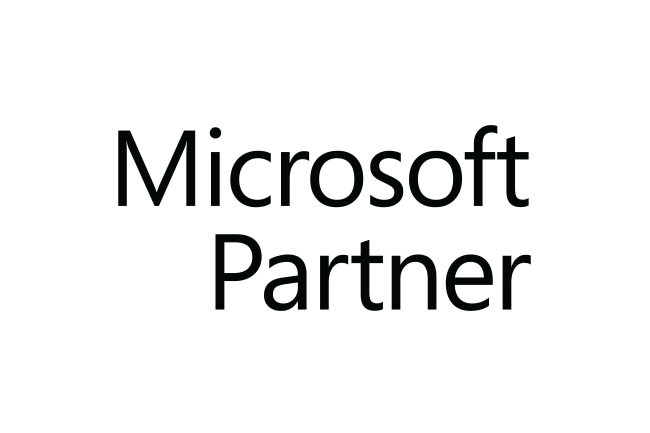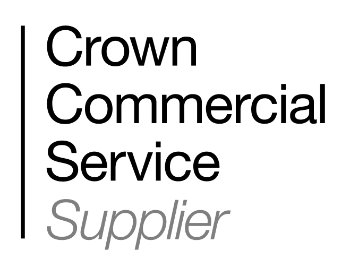Google My Business is a tool for businesses and organisations to improve their online presence throughout Google. Having a Google My Business Listing plays an essential part in your local SEO search results, as without you would not be appearing on any local map listings in the SERPs that Google shows at the top of the page for the vast majority of local queries. If you have not already created, claimed or verified your Google My Business Listing yet, visit: https://www.google.com/business
According to Bright Local, who did a local consumer review survey last year, discovered:
- 97% of consumers looked online for local businesses in 2017, with 12% looking for a local business online every day
- 85% of consumers trust online reviews as much as personal recommendations
- Positive reviews make 73% of consumers trust a local business more
- Responding to reviews is more important than ever, with 30% naming this as key when judging local business
- 68% of consumers left a local business review when asked – with 74% having been asked for their feedback
So, what are the best practices to manage and optimise your Google My Business Listing?
- Claim your listing. Its very common that people don’t, and Google won’t display your business or its edit until the business is verified.
- Ensure your details are frequently updated and are in line with all your other digital platforms (website, social media etc). This might include contact details, opening times, new product or service categories, or even purchasing details (e.g. you now accept PayPal or offer delivery).
- Ensure there are no duplicates of your listing. This will detriment your ranking.
- Make sure your identified keywords and search phrases are included in your listing. Much like website SEO, this signals to Google that your page is relevant to the search.
- Include imagery in your listing all in high res versions. This includes your logo image, cover photo and any additional photos that show off your company and its location. Some companies include a 360-virtual tour of offices– this might require a Google certified photographer, however.
- Encourage reviews and social check-ins from your customer. Reviews are a major factor for ranking in local results, in addition to your star rating being displayed on the map so having a high rating would increase click-through rates. This obviously risks bad reviews; however, the majority should be positive (hopefully!).
- Remember to respond to reviews with helpful comments and thanking them for their nice words. If they have left have a negative review, be sure to respond politely and ask questions – ‘can you explain what went wrong more’ – and include statements that show that your resolving an issue – ‘please contact our customer service team and we can assist you further’.
- Ensure your NAP (Name, Address, Phone) data is consistent throughout all online mentions – this includes from your website to yell to any directories that you have your information stored. The higher the authority of the site the better.
- A new feature has been released – FAQs. This means that common questions are included in your listing, and you need to be frequently responding. Businesses and users can thumb up questions and answers from people as to what they think is useful or like the sound of.
By Maddi Sheppard, Search Marketing Consultant




